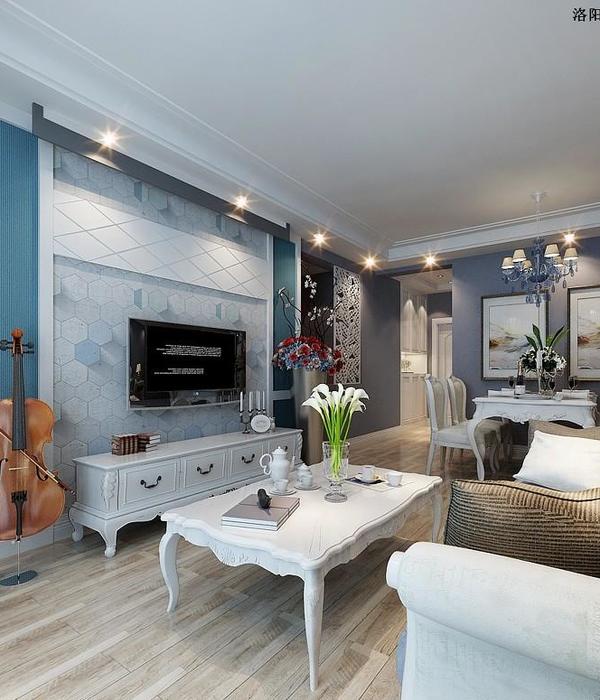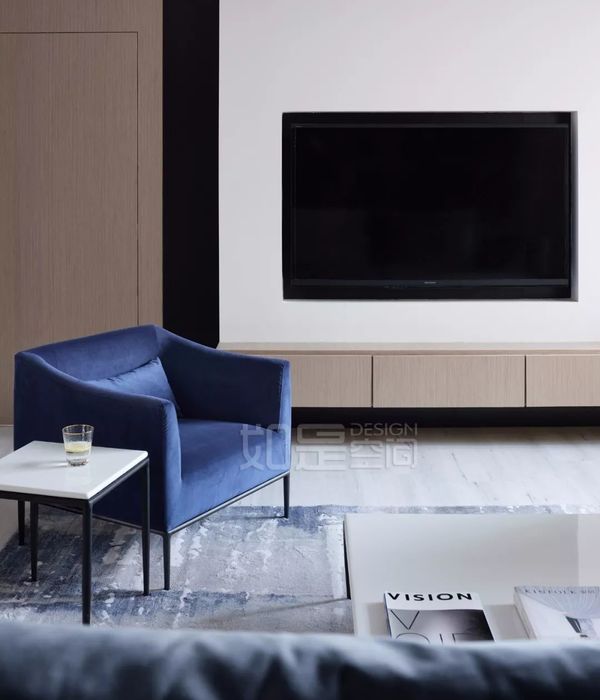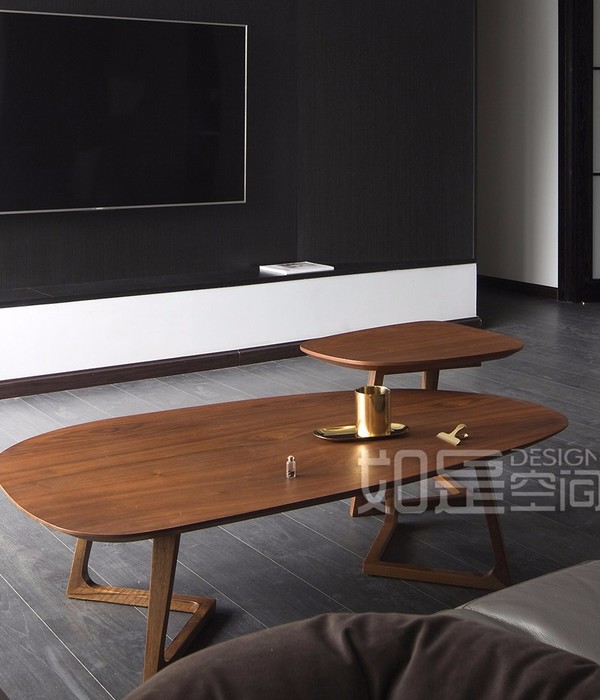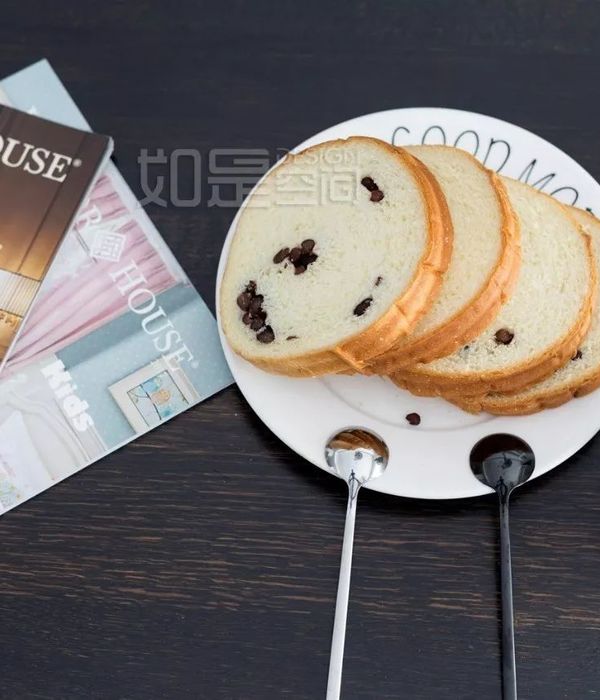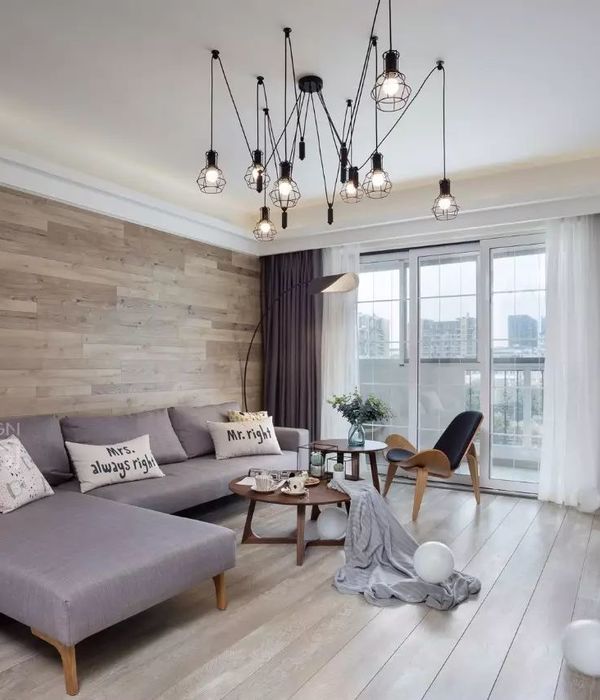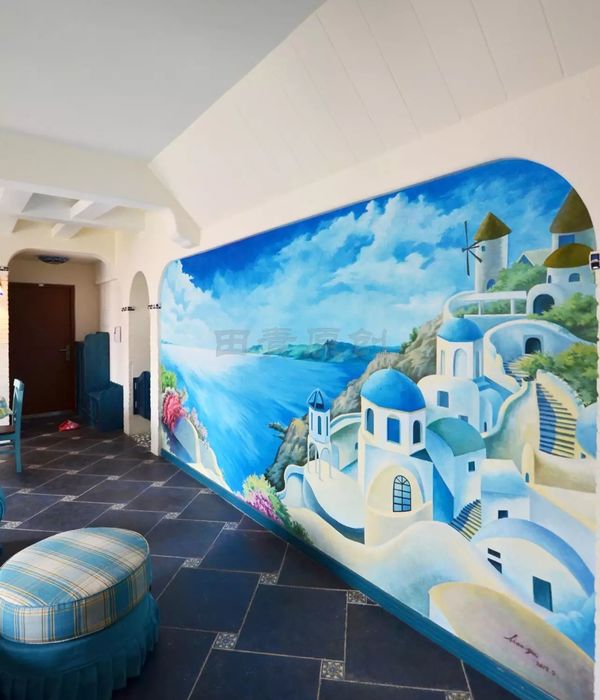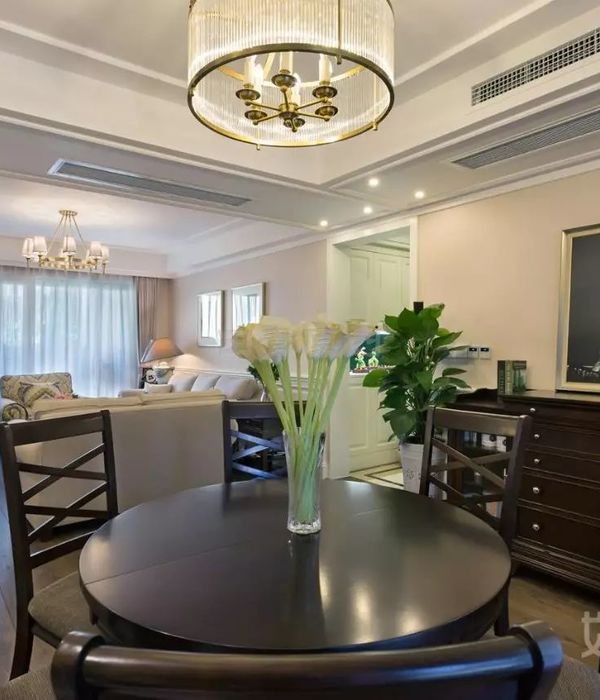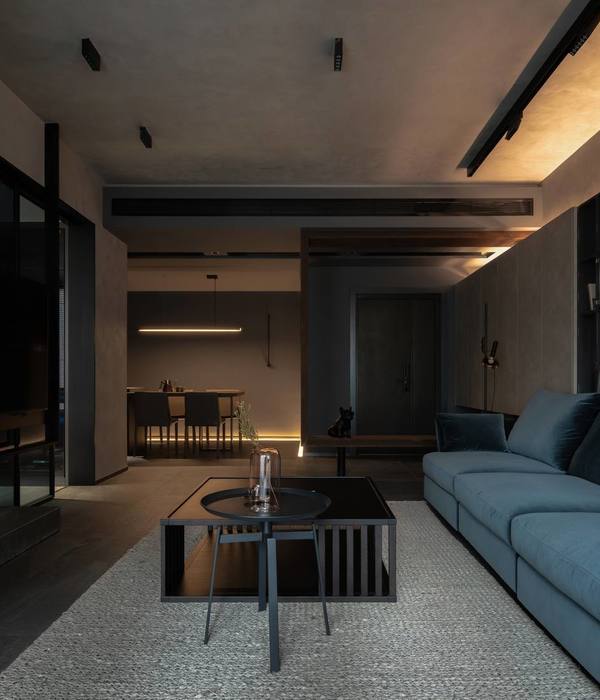别墅Fusilier Cottage最初是苏格兰音乐家和Angus McLeod的家,位于在Hobart具有历史意义的炮台点,这座石头般的乔治亚风格建筑建于19世纪40年代,代表了当时和地区建筑特色。与现有的石砌建筑和小开口形成鲜明对比的是,增加的部分就像是一个“平衡器”受人欢迎。与房子一侧宽敞的景观区域相结合,新建筑通过其包裹的木材带来了温暖,因为它与自然环境相连,几乎像亭子一样。Bence Mulcahy从原有的色调中提取出一个互补的结构来平衡原有的色调。
Originally the home of Scottish musician and Angus McLeod, Fusilier Cottage is located at historic Battery Point in Hobart. Built in the 1840s, this stone Georgian Cottage represents the architectural character of the time and region. In stark contrast to the existing stone building and small openings, the addition is welcomed as a 'balancer'. Combined with a spacious landscaped area on one side of the house, the new building brings warmth through its wrapped wood as it is connected to the natural environment, almost like a pavilion. Bence Mulcahy extracted a complementary structure from the original tone to balance the original tone.
建筑公司Thylacine Constructions建造的Fusilier Cottage与Fairy Wren Gardens & Design设计的景观,响应了自然和建筑环境。当它跨越这两者时,就会有一种过渡感,让新事物能够适应和响应。从街道开放和封闭的能力来看,可以扩大和开放当代感,同时也控制了隐私和封闭的水平。原来的业主将小屋用作住宅和娱乐场所,类似的原则被引入到新的建筑中;现在的业主想把他们自己的工作与家人、朋友的能力结合起来。
Architecture firm Thylacine Constructions have designed Fusilier Cottage and Fairy Wren Gardens & Design to respond to the natural and built environment. When it crosses those two, there is a sense of transition that allows new things to adapt and respond. From the point of view of the street's ability to open up and close, it can expand and open up the sense of contemporary, while also controlling the level of privacy and closure. The original owners used the cottage as a place of residence and recreation, and similar principles were introduced into the new building; Today's owners want to combine their own work with the abilities of family and friends.
marily作为住宅可用生活空间的延伸,平面和直线型的形式出现在原始农舍的一侧,占用了花园内的空间。花园向街道敞开,成为一个理想的空间,保持着开放和联系。与原建筑沉重的砖石结构相比,新建筑使用了当地的木材包裹外部,显得很轻盈。在内部,通过使用大量的木材和深色元素,可以感受到类似的温暖,玻璃则提供了一种暂时的感觉和外部的联系。玻璃也让景观感觉像是空间的一部分,延续了与自然的联系。
As an extension of the house's available living space, the Marily appears in flat and linear form on one side of the original farmhouse, occupying space within the garden. The garden opens up to the street, becoming an ideal space that remains open and connected. In contrast to the heavy masonry of the original building, the new building uses local wood to wrap the exterior, making it light. Inside, a similar warmth is felt through the use of plenty of wood and dark elements, while the glass provides a temporary sense of connection to the outside. The glass also makes the landscape feel like part of the space, continuing its connection with nature.
Architect:BenceMulcahy
Interiors:BenceMulcahy
Photos:AdamGibson
Words:小鹿
{{item.text_origin}}

